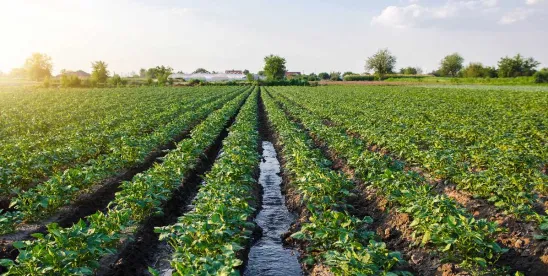The U.S. Department of Labor’s (DOL) final Farmworker Protection Rule, effective June 28, 2024, covers temporary agricultural workers in the United States pursuant to the H-2A visa program. The final rule purports to strengthen labor and employment protections for temporary agricultural workers while also minimizing adverse effects on U.S. workers.
Under the H-2A program, foreign workers may be authorized to perform temporary or seasonal agricultural work for U.S. employers. To secure U.S. Citizenship and Immigration Services (USCIS) approval of an employer petition, the employer must confirm, among other things, that there are not sufficient workers who are able, willing, qualified, and available, and that the employment of foreign national workers will not adversely affect the wages and working conditions of workers similarly employed in the U.S.
Any employer using H-2A workers must have initially attempted to find U.S. workers to fill these jobs. Workers employed under the H-2A program must be paid special rates of pay specific to the location, and must be provided with safe and clean housing and safe transportation to the job site if their employment requires them to be away from their home residence overnight. The workers must be guaranteed employment for a total number of hours equal to at least 75 percent of the specified work period specified.
Although generally foreign workers are protected by U.S. employment laws in the same manner as U.S. workers, agricultural workers – including H-2A workers – are excluded from the right to join (or not join) labor unions under the National Labor Relations Act (NLRA) . Some states, however – notably California, Massachusetts, New York and Oregon – do provide such rights to farmworkers.
Expanding Ag Workers’ Rights
The new rule seeks to expand the rights of agricultural workers in several ways. Labor lawyers are particularly focused on the new rule’s enhanced anti-retaliation provisions strengthening H-2A workers’ ability to advocate for themselves or to seek union representation. For example, currently, employers who provide housing to their H-2A workers can exclude third-party union organizers from coming onto their property to visit H-2A workers in the employer-provided housing. Under the new rule, workers are permitted to invite and accept guests, including friends and family, key service providers, labor organizations, and others, to employer-furnished housing.
For workers not protected by the NLRA, the new rule permits the H-2A workers to engage in self-organization and certain other concerted activities, which arguably grants H-2A workers greater rights than U.S. agricultural workers. Under the new rule, H-2A workers will be permitted to leave or refuse to attend employer-sponsored meetings during which the employer may express its views on union organizing – which, again, is a right U.S. farmworkers do not currently enjoy.
Regarding discipline and termination, the new rule also provides that workers may designate a representative to attend certain meetings where an employer seeks to gather information that may result in discipline, a right enjoyed by other workers under the NLRA. It also requires an employer to clarify when an employment termination is “for cause.”
The rule contains a number of other provisions, including a requirement that seat belts must be available in most vehicles used to transport H-2A workers and increased protections for H-2A workers when employers fail to properly notify workers that the start date of work is delayed.
The DOL will host a public webinar on Thursday, June 6, about the rule and has provided a summary of the new rule’s provisions, along with an FAQ page.




 />i
/>i

